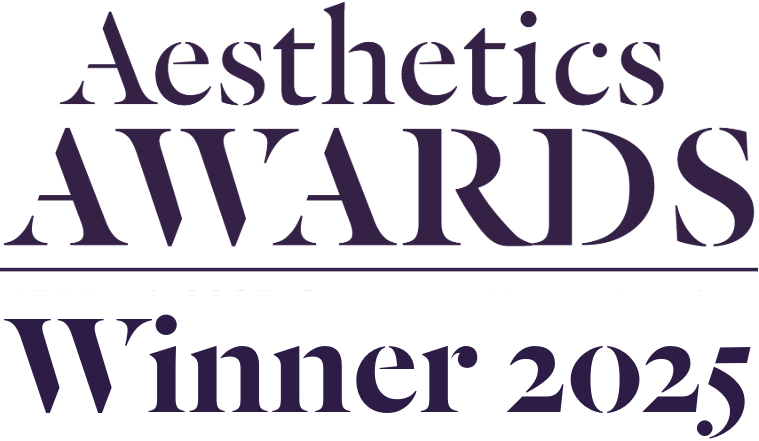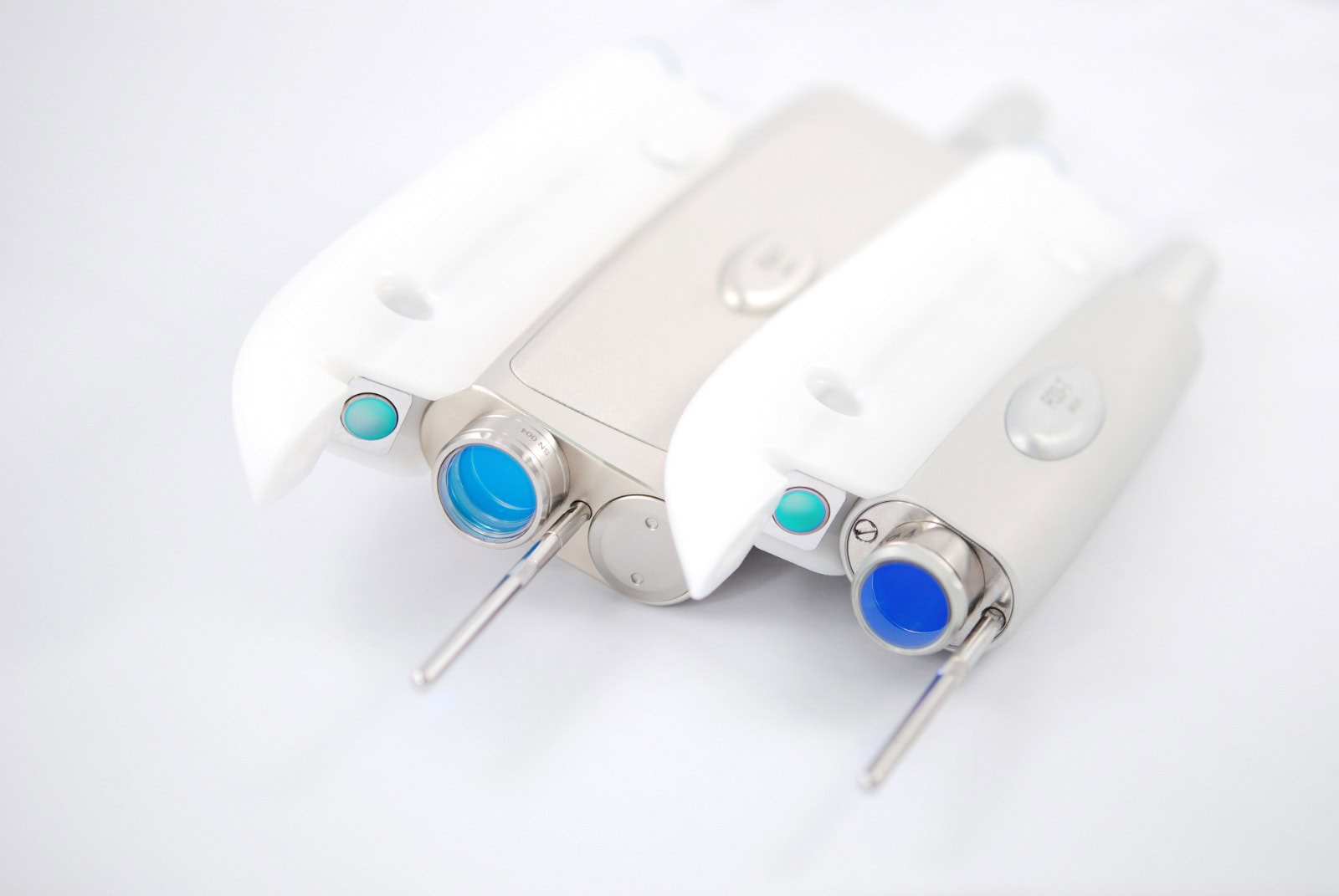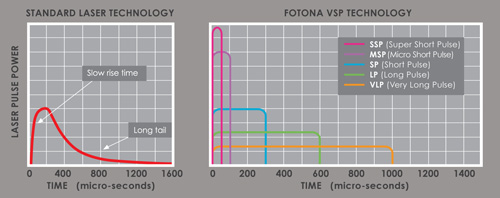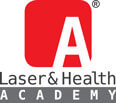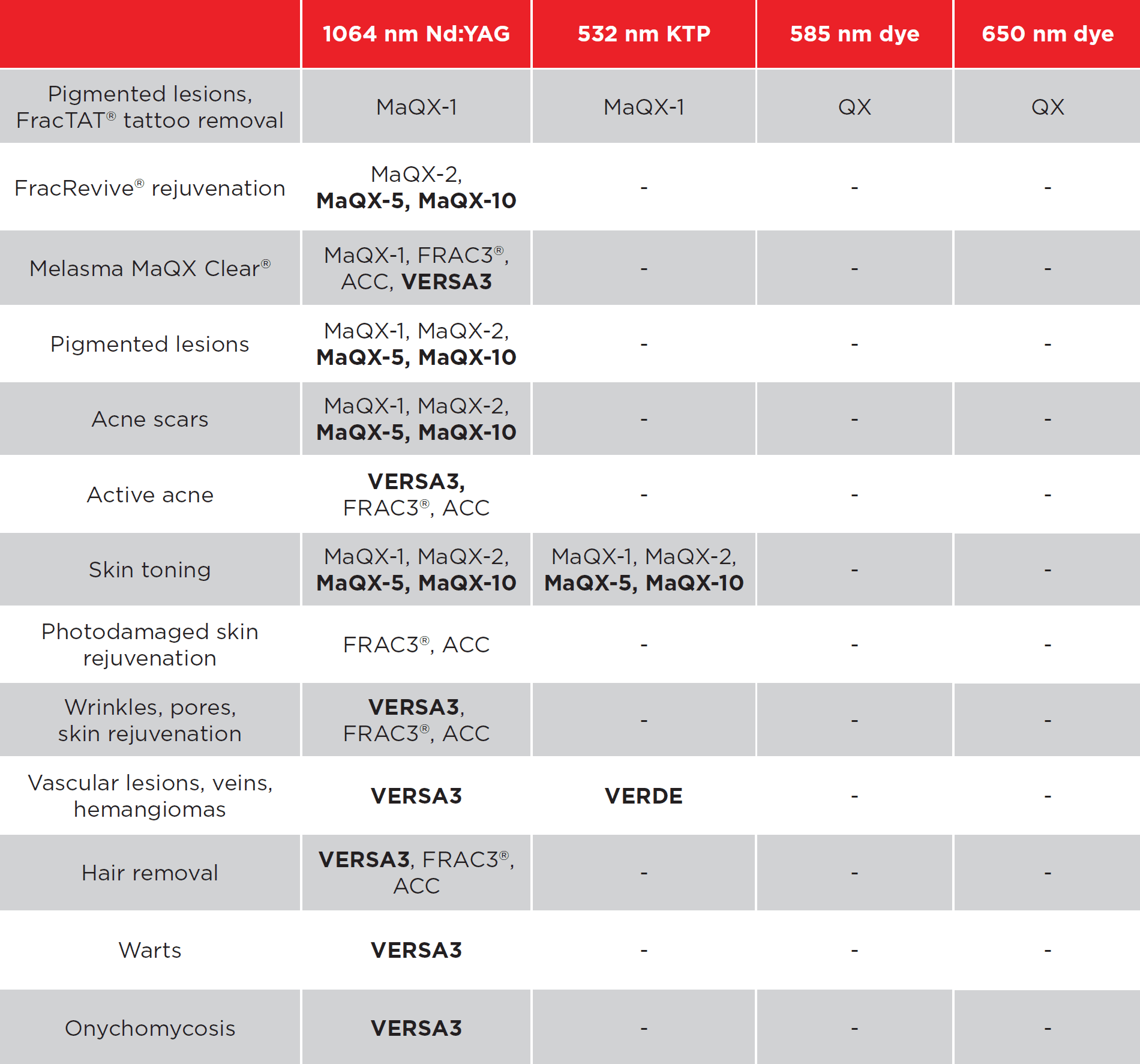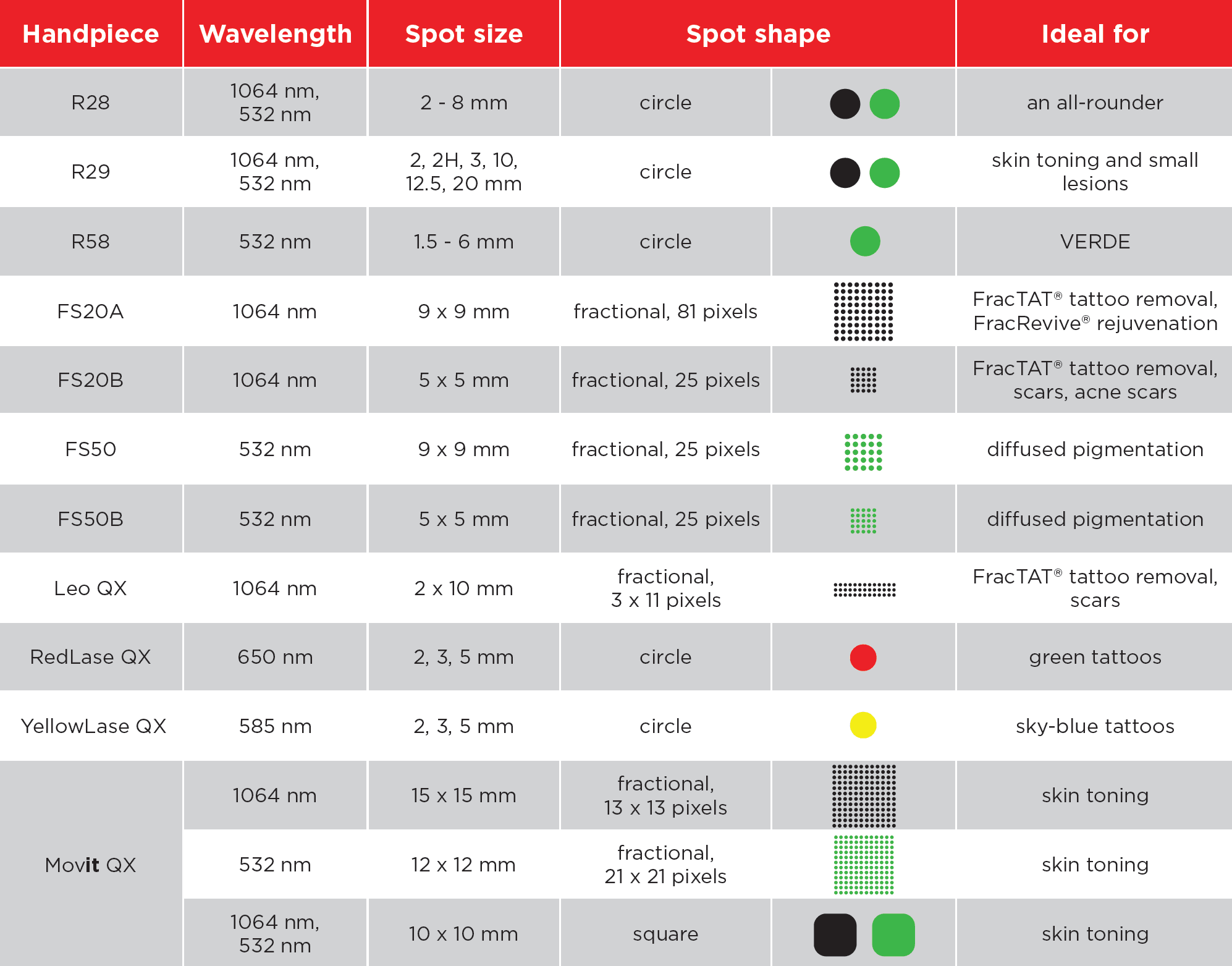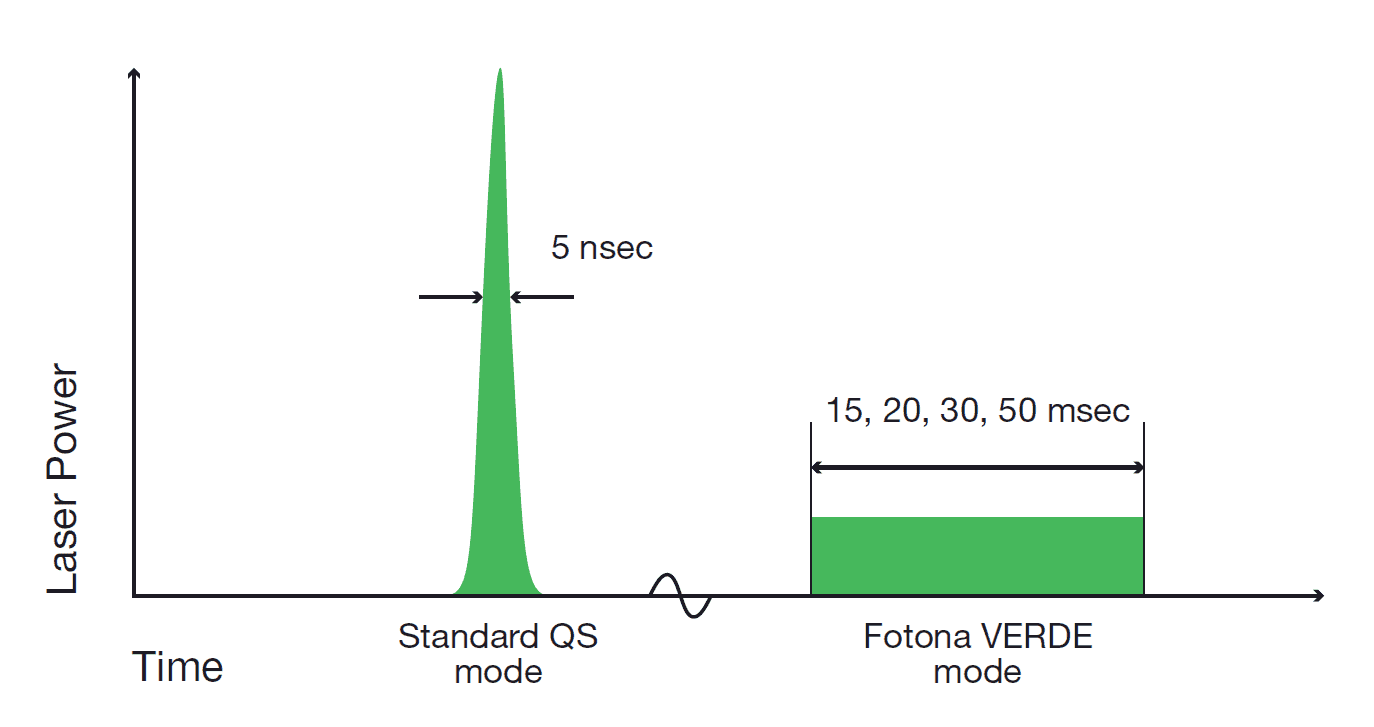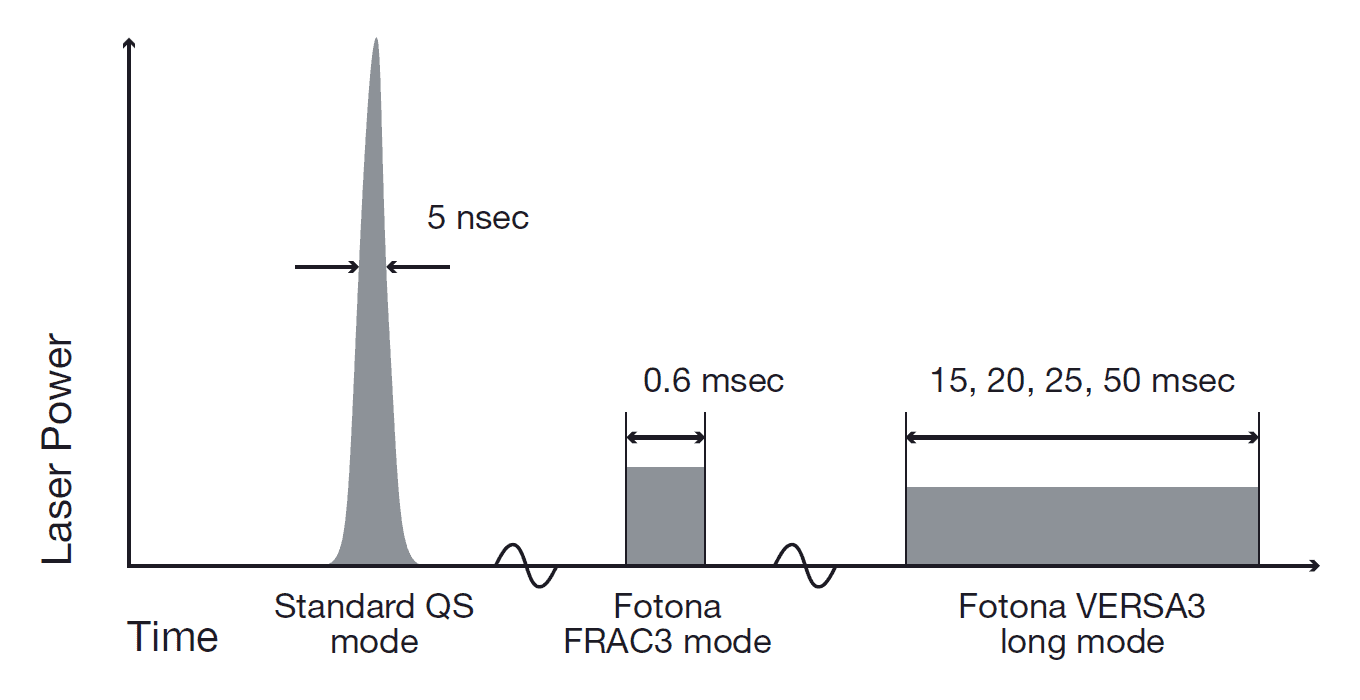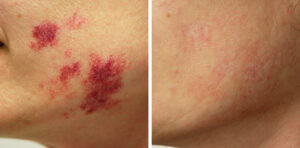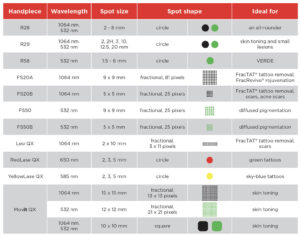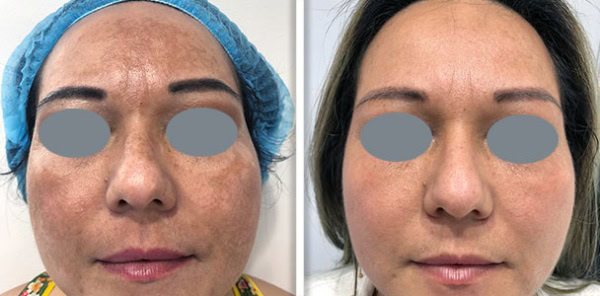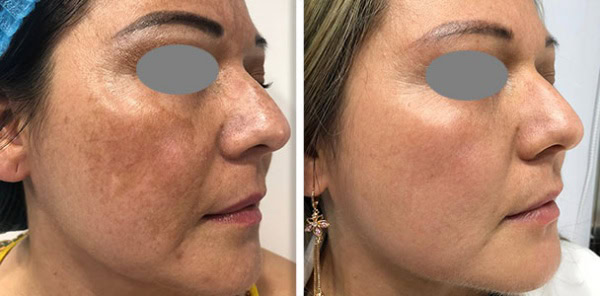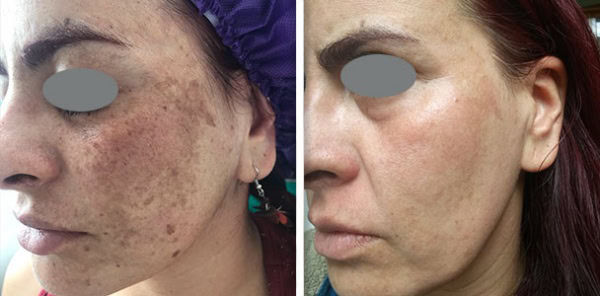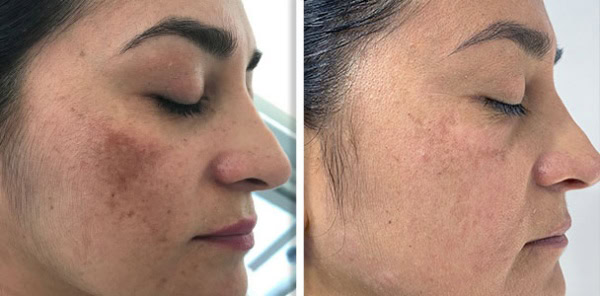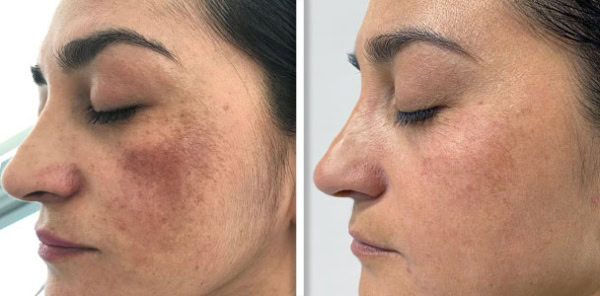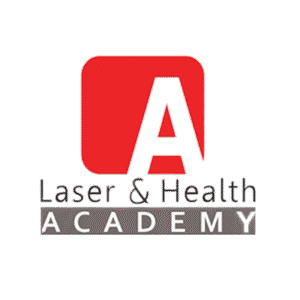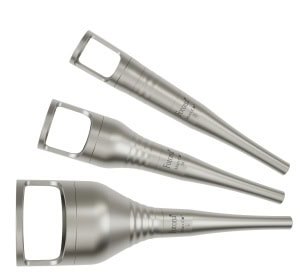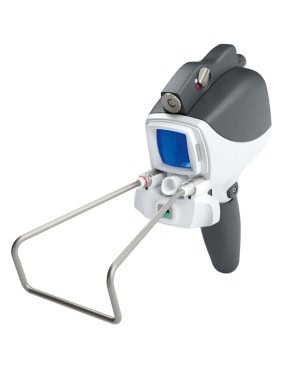The market for aesthetic lasers is filled with products promising amazing results, however only a few can provide the versatility as well as the safety and the long-term ROI (ROI) which Fotona lasers can provide. With dual-wavelength technology, no downtime and multi-specialty applications, Fotona has become a top choice for dermatologists and cosmetic dentists, and other clinics.
What is it that sets Fotona different from other competitors such as CO2 lasers IPL equipment, as well as Fraxel? This comprehensive analysis reveals the key distinctions, real- case studies and the financial benefits that make Fotona an excellent investment for doctors.
Why Fotona Stands Out in the Laser Industry
The majority of lasers focus on one type of treatment which means that clinics must purchase multiple lasers. Fotona’s dual-wavelength Er:YAG (2940 Nm) along with Nd:YAG (1064 nm) lasers enable practitioners to tackle skin rejuvenation, the tightening of skin, removal of hair and even gynecological treatment using a single device.
Key Advantages Over Competing Devices
1. Dual-Wavelength Capability
- Competitors such as CO2 lasers are able to excel in ablative resurfacing, but they don’t have deeper collagen stimulation.
- Nd:YAG-only devices can penetrate further, but they are not as efficient for issues that are superficial.
- The combined wavelengths of Fotona’s permit full spectrum treatments with no switching devices.
2. Proprietary Treatment Modes
Here are some treatment models having their own properties.
Smooth(r) Mode
Fotona SMOOTH® mode is ideal for skin tightening. The intense, controlled surface tissue heating stimulates collagen remodeling and initiates neocollagenesis
Frac3(r)
FRAC3(r) is A proprietary, non-ablative fractional laser skin treatment method From Fotona. It’s made to target imperfections on the skin, such as wrinkles hyperpigmentation, and pores that are larger and stimulate collagen production for facial rejuvenation.
PIANO(r) Mode
Fotona PIANO mode is an exclusive setting on Photona’s SP Dynamis laser system, specifically designed for treatments to rejuvenate skin .
Superficial(Tm)
- Superficial(tm) (Fotona) means A particular mode of the Fotona 4D laser treatment, a non-invasive procedure for facial rejuvenation . It’s a soft polishing peel that gets rid of dead skin cells and assists to reveal smoother, more radiant skin..
- In contrast to single-mode lasers or IPL, Fotona’s technology can be adapted to the various needs of patients.
3. Multi-Specialty Applications
Fotona Lasers have multiple speciality applications.
Dermatology: Fotona Laser is used for removing scars from acne, wrinkles pigmentation.
Hair Removal:
A method for hair reduction using a laser to destroy hair follicles . It is renowned for being secure and effective on all skin types, providing the longest-lasting solution for unwanted hair.
Dentistry Gum contouring
The Fotona laser is used in dentistry for a variety of dental treatments, including contouring. The gumline is reshaped to improve the appearance and also reduce gum disease.This procedure will remove any excess tissue, smooth uneven gum lines and assist in the reattachment of gums to teeth. The laser’s precise nature ensures that there is no bleeding or swelling, resulting in faster healing as well as an easier experience on behalf of the client.
Gynecology
- The Fotona Gynae laser therapy is a kind of laser treatment that can improve vaginal health and treat several different gynecological conditions.
- The majority of competitors can’t be as versatile, which reduces the profitability of clinics.
4. Proven Safety & Patient Comfort
1. Dynamic Cooling (DCD) Minimizes Discomfort
- What it does: DCD uses a cooling mechanism (often an explosion of cryogen spray) shortly before or after a laser beam to chill the upper layer that makes up the skin.
- What’s the point? By cooling the surface of your skin DCD assists in numbing the treated area, decreasing discomfort and making the procedure easier to tolerate with no need to use anesthesia that is extensive.
- Experience of the patient The treatment is particularly useful for those with a poor tolerance to pain or who undergo treatments for sensitive areas (e.g. facial or neck, etc.).
2. Adjustable Settings Help Prevent Burns and Other Complications
- Flexible cooling The degree and duration of the cooling process can be altered according to skin type as well as treatment depth and the laser parameters.
- Benefits for safety A proper cooling system helps protect the epidermis (top skin layer) from extreme heat, which reduces risks of hyperpigmentation, burns, or scarring.
- Precision Adjustable settings enable practitioners to create customized treatments for various skin tones and conditions, increasing effectiveness while minimizing adverse consequences.
3. Lower Downtime Than CO2 or Ablative Lasers
Comparison with aggressive lasers:
- CO2 lasers remove whole layers of skin, creating significant redness, peeling and a period of weeks of recovery.
- Lasers that use DCD (e.g. non-ablative, fractional): Target deeper layers of the surface, leading to minor negative side effects
- Recoime Patients generally suffer from minimal redness or swelling (1-3 days in contrast to. weeks when CO2 is present), which allows for a quicker return to normal activities.
- The ideal candidates for those who want to see tangible results that require less disruption of their daily routine (e.g. busy professionals and those who prefer minimal downtime).
5. Higher ROI for Clinics
- One device replaces multiple machines, lowering costs.
- Reach more patients due to a variety of treatment options.
- Fast payback period with procedures that are highly-demanding.
Real Clinic Case Study: Fotona in Action
- Clinic: Advanced Dermatology & Laser Center (New York, USA)
- Challenge Clinic previously utilized CO2 lasers to resurface and an additional Nd:YAG laser for treatment of vascular issues, which requires multiple devices as well as higher costs for maintenance.
- The company invested in Fotona Dynamis. This is which combines fractional resurfacing (Frac3(r)) as well as deep collagen remodelling (PIANO(r) Module) into one device.
Results After 12 Months:
- 40 percent growth in revenues due to providing combined treatments.
- Reduced costs for equipment due to the absence of the requirement to have two lasers.
- Higher satisfaction for patients due to the ability to customize and low-downtime processes.
Patient Before & After:
- Acne Scar Treatment (Frac3(r) Mode ): Improvement of 75 % in just three sessions.
- Non-Surgical Facelift (SmoothLifting(tm)): Visible tightening in 90% of patients.
Fotona vs. Popular Alternatives: A Quick Comparison
| Feature | Fotona( Dual wavelength) | CO2 Lasers | IPL Devices | Fraxel Lasers |
| Wavelengths | Er:YAG + Nd:YAG | CO2 (10,600 nm) | Broad-spectrum | Fractional Er:YAG |
| Skin Resurfacing | Yes (Ablative & Non-Ablative) | Yes (Ablative) | No | Yes ( Fractional) |
| Deep Tightening | Yes (PIANO(r) Mode) | Limited | No | No |
| Hair Removal | Yes ( All skin Types) | No | Yes ( Limited) | No |
| Downtime | Minimal | High | Low | Moderate |
| Multi-Specialty Use | Yes( Derm,Gyno, Dental) | No | No | No |
Conclusion: Is Fotona Worth the Investment?
Clinics that want to reap long-term profits, flexibility, as well as superior outcomes for patients, Fotona lasers outperform single-function devices such as CO2, Fraxel, and IPL. Dual-wavelength technology, unique treatment options, and multi-specialty applications makes Fotona an economical high-ROI, high-quality choice.
Real-world case studies like the Advanced Dermatology and Laser Center, illustrate the ways in which Fotona boosts revenues while reducing the cost of equipment. If you’re thinking about investing in a laser Fotona’s proven results and the flexibility of its clinical services makes it a smart option for growth in the future.
FAQs
- In what way Fotona laser technology differs in comparison to other systems of lasers?
Fotona lasers employ dual-wavelength technology (Er:YAG and Nd:YAG) ), permitting a range of procedures that include both ablative and non-ablative techniques. Numerous competitors depend on single-wavelength systems, which limit their range of applications.
- What is the reason why Fotona is considered to be the best choice for aesthetic and medical treatments?
Fotona lasers can provide FDA-cleared clinically-proven results for skin refractive laser hair removal and vascular treatment or even for dental surgeries. Their SP Dynamis as well as StarWalker systems offer high-quality, safe and a short amount of downtime when relative to other less sophisticated lasers.
- Do Fotona lasers be more economical than other lasers over the long term?
Fotona’s “multi-functional capabilities reduce the requirement to have multiple machines, which saves on costs for equipment. Furthermore, their durable design and low maintenance make them an excellent long-term investment that yields a high ROI.
- How does Fotona’s efficiency compare with CO2 lasers and IPL lasers?
- Fotona ErYAGis more gentle than CO2 lasers, which reduces the recovery time, while still providing efficient skin rejuvenation.
- Fotona Nd.YAG penetrates further than IPL providing better results in hair removal, vascular lesions and stimulation of collagen.
- In contrast to IPL, Fotona lasers provide an even, consistent energy supply, which reduces the risk of burning or unbalanced results.
- What is it that makes Fotona an investment that is worthwhile for medical clinics and clinics?
- Versatility One system is able to perform several procedures (facial rejuvenation and Body contouring and gynecology and dental).
- Patient appeal Modern treatments that reduce pain are a draw for more patients.
- Future-proof Fotona continually innovates with improvements such as Frac3(r) as well as PIANO(r) modes to help with non-surgical tightening.
- Is Fotona more secure than other devices with lasers?
Lasers from Fotona feature real-time cooling and adjustable setting and safety protocols that are built-in, which reduce the risk of negative effects such as hyperpigmentation or scarring that are typical of older lasers that aren’t as sophisticated.
- What is Fotona’s treatment for downtime? compared to other companies?
Because of the fractional and non-ablative techniques, Fotona treatment usually has minimal or no downtime, while aggressive CO2 and Fraxel lasers can require weeks of recuperation.
- Do Fotona lasers treat ailments that other devices aren’t able to treat?
Yes, Fotona’s unique PIANO(r) mode allows for deep dermal heating, enabling non-surgical skin tightening and vaginal rejuvenation–treatments many lasers cannot perform effectively.
- Do Fotona lasers require a significant amount of training in order to be able to operate?
Although proper training is crucial, Fotona systems are designed with user-friendly interfaces which makes them much easier to master than older laser devices that are more complicated.
- Why do professionals favor Fotona over alternatives that are less expensive?
Lasers that are less expensive may save money initially, but they often produce inconsistent results and require frequent maintenance or do not have clinical efficacy. Fotona’s proven track record in the fields of aesthetics and medicine ensures dependability and complete satisfaction for patients.
